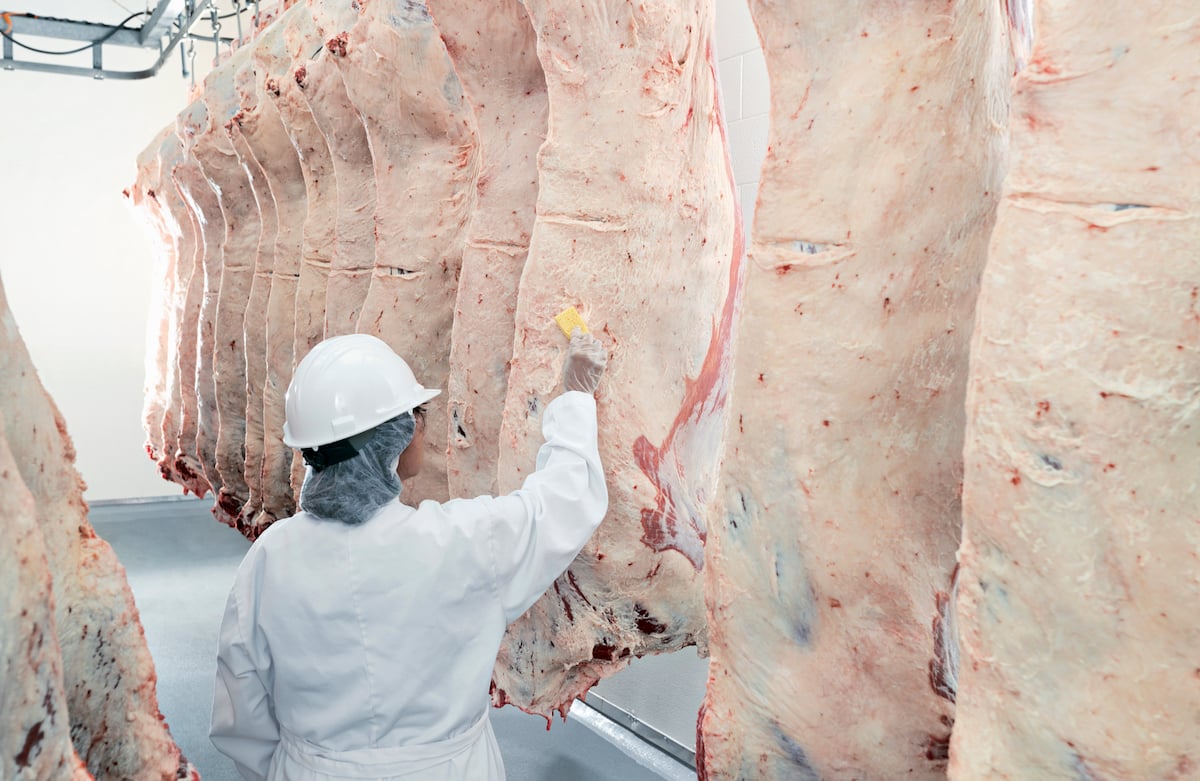By Christine Stebbins
CHICAGO, June 9 (Reuters) – Weekly U.S. corn conditions declined slightly in the past week, surprising many traders who expected the government to keep ratings steady or raise them given nearly ideal crop weather across the central Midwest, analysts said on Monday.
The U.S. Department of Agriculture rated 75 percent of the corn crop good to excellent as of Sunday, down one percentage point from a week ago. Analysts polled by Reuters expected USDA to rate 76 percent of the corn crop good to excellent.
Read Also

U.S. livestock: Cattle, hogs end week on high note
Cattle contracts and nearby hog futures ended the week on a high note after a week rife with losses. Most-traded…
Even so, the conditions were above the seasonal average of 66 percent good to excellent by early June.
“At the end of the day I don’t think it’s super meaningful, but it might put some people on the defensive,” said Jerrod Kitt, an analyst with the Linn Group in Chicago.
Chicago Board of Trade corn futures fell to a four-month low on Monday as the market prices in a bumper U.S. crop given current weather conditions.
Iowa, the top U.S. corn and soybean state, saw warm and wet conditions last week with the central and western areas receiving more than 7.5 centimetres of rainfall, according to the state crop report released late Monday. Eighty-two percent of Iowa corn is good to excellent.
Soybeans also benefited from warm, humid conditions. USDA rated 74 percent of the soy crop good to excellent in its first evaluation of the season for soybeans.
“It’s the best start for both crops in about four years,” Kitt said.
USDA said soybean planting was 87 percent complete, near expectations for 88 percent seeded by Sunday. That leaves just 10 million acres yet to be planted over the next couple weeks, analysts said.
Mostly clear weather in the northern crop belt helped farmers catch up on spring wheat planting, USDA said. As of Sunday, 95 percent of the spring wheat crop was seeded, compared to 88 percent the week before.
The jump reflected good progress in North Dakota, the No. 1 spring wheat state, which has lagged due to a cool, wet spring. Despite rains in northeastern and southwestern North Dakota last week, farmers seeded 93 percent of their wheat, up from 83 percent the prior week, the state said.
The U.S. winter wheat harvest was progressing, with nine percent of the crop off the field, near estimates for harvest to be eight percent done by Sunday.
Texas and Oklahoma, big hard red winter states, led the country with 30 and 26 percent harvested, respectively. Arkansas and North Carolina, soft red states, followed with 11 percent of their wheat harvested.














